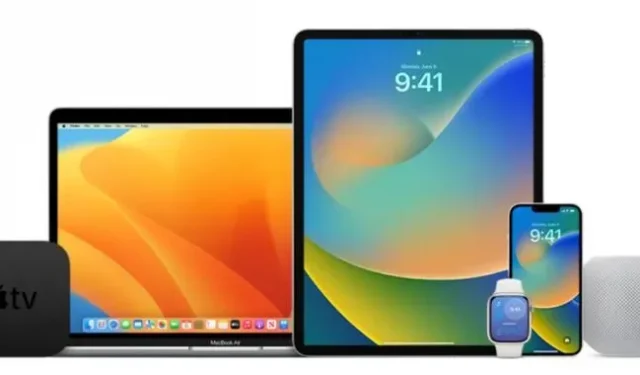Apple releases first public betas for iOS 16, iPadOS 16, macOS Ventura and more

Apple released the first beta versions of this year’s iOS, iPadOS, macOS, watchOS, tvOS, and HomePod software updates to the public today, about a month after all the new updates were announced at the Worldwide Developers Conference. Interested users can sign in with their Apple ID and download specific software profiles for supported devices, which will allow devices to download and install new betas via Software Update.
Apple’s public betas are a bit more battle-tested than the early developer betas released at WWDC. In this case, the first public beta is about the same as the third developer beta, so Apple has had some time to fix bugs, refine features, and respond to developer feedback. The final software releases we get in the fall are usually very close to what’s in those public betas, just with fewer bugs (and sometimes a cut-down feature or two that gets added back to the OS in the winter). or spring).
However, the caveats still apply when installing any beta software. Make sure you have up-to-date device backups, including backups of any critical files that you can’t afford to lose if something breaks during the installation process. You should also avoid installing betas on devices you use day in and day out – if you have a spare old device or laptop that you use less frequently than your desktop, consider using those instead.
If, for any reason, you decide to roll back your device to a previous version of the software, Apple will document the iPhone, iPad, Mac, and HomePod restore process here, but downgrading will erase all existing user data and settings from the device. This process is also not possible for some devices, such as the Apple Watch or most Apple TV models.
Running beta versions requires hardware that will run new versions of the OS. We covered the requirements for iOS 16 here, iPadOS 16 here, and macOS Ventura here. WatchOS 9 requires Series 4 or later, and tvOS 16 requires a fourth-generation Apple TV (also called Apple TV HD) or later.
Leave a Reply